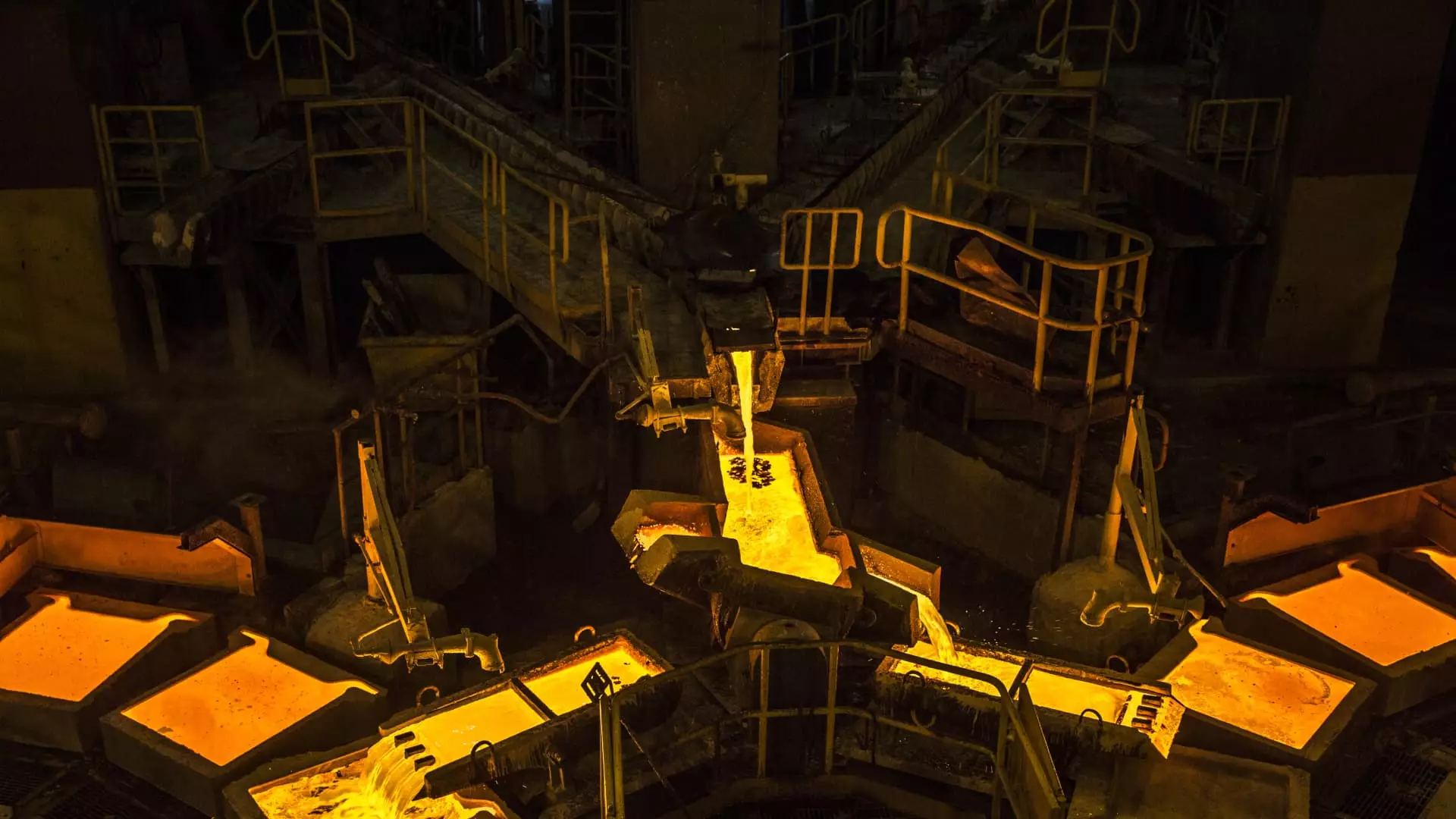In recent months, Peru has emerged from a turbulent period marked by intense political discord, leading to a renewed interest among international investors in the nation’s sovereign bonds. This newfound enthusiasm has seen foreign hands holding a substantial 39% of Peru’s sovereign bond market, positioning it as the leader among emerging markets. The change in investor behavior highlights a significant pivot towards optimism regarding the country’s fixed income prospects, even as the political landscape remains fraught with challenges.
Moody’s has assigned a Baa1 rating to Peru’s bonds, indicating a moderately stable outlook despite past instabilities that had previously tainted the country’s image among financiers. Calls for President Dina Boluarte’s resignation over corruption allegations have subsided; however, the political standoff between the presidency and Congress persists, nurturing a climate of uncertainty. Yet, there remains cautious optimism among analysts like Pramol Dhawan from Pimco, who contends that Peru has adeptly navigated the situation by understanding the necessity of providing competitive returns for international investors.
Peru’s financial health exhibits robust characteristics that lend credibility to its bond market. The country boasts one of the lowest debt-to-GDP ratios in Latin America, currently sitting at 33%. This figure starkly contrasts with Brazil’s 86.7% and Chile’s 40.5%, underscoring Peru’s relative financial prudence. Moreover, the Central Reserve Bank of Peru has lowered interest rates to 5.25%, which is notably the lowest in Latin America and implies a commitment to stimulating local economic growth.
The landscape for yields is equally enticing. The steep yield curve seen in Peru stands out in comparison to the inverted curves prevalent in the U.S. and many other nations. David Austerweil from VanEck has noted the attractive real yields and the potential for upside as the Federal Reserve enters a rate cut cycle. The current yield on Peru’s 2-year Soberano bond is 4.661%, while the 10-year bond yields 6.428%. These figures position Peruvian bonds as appealing options for investors seeking solid returns in a volatile market.
Ironically, the political gridlock within Peru has fostered a paradoxical benefit for the country’s fiscal health. The paralysis of its Congress, unable to enact significant legislation, has inadvertently resulted in stable fixed-income outcomes. Austerweil points out that the lack of solid executive authority has translated into a beneficial scenario for bonds, hinting at the intricate relationship between governance structures and economic performance.
Dhawan echoes this sentiment, asserting that the political challenges do not detract from the fixed income outlook. A robust and stable central bank has been a fundamental part of this ecosystem, being perceived by investors as an anchor in turbulent times. This perception fosters confidence in Peru’s ability to manage its economic policies in a manner conducive for international investment, ultimately providing stability in a fiscal landscape that could easily prompt investor flight.
As promising as the bond market may be, the equity landscape of Peru paints a more complex picture. The MSCI Peru Index has seen impressive growth, rallying 24.8% in 2024, significantly outperforming broader emerging market indices. Yet, the volatility inherent in the commodities sector, which dominates the Peruvian stock market, raises questions about long-term sustainability. Mining firms, being major constituents of the equity market, expose investors to risks tied to fluctuating global metal prices.
While the short-term boost in performance can be attributed to rising demand for commodities—triggered in part by stimulating measures taken in China—stability in the equity market remains heavily contingent on these external factors. Dhawan cautions that absent a significant commodities boom, the outlook for sustained growth and outperformance is bleak without systemic political improvements that would invigorate the overall market environment.
Peru stands at a fiscal crossroads where its bond market provides a beacon of hope amidst political uncertainty. With a compelling debt-to-GDP ratio and an accommodating yield landscape, the nation appears to be a favorable destination for fixed-income investment. However, the political impasse and reliance on cyclical commodities may cloud the equity outlook. The interplay between these dynamics presents both challenges and opportunities, painting a complex narrative for potential investors keen to navigate Peru’s evolving economic landscape.

